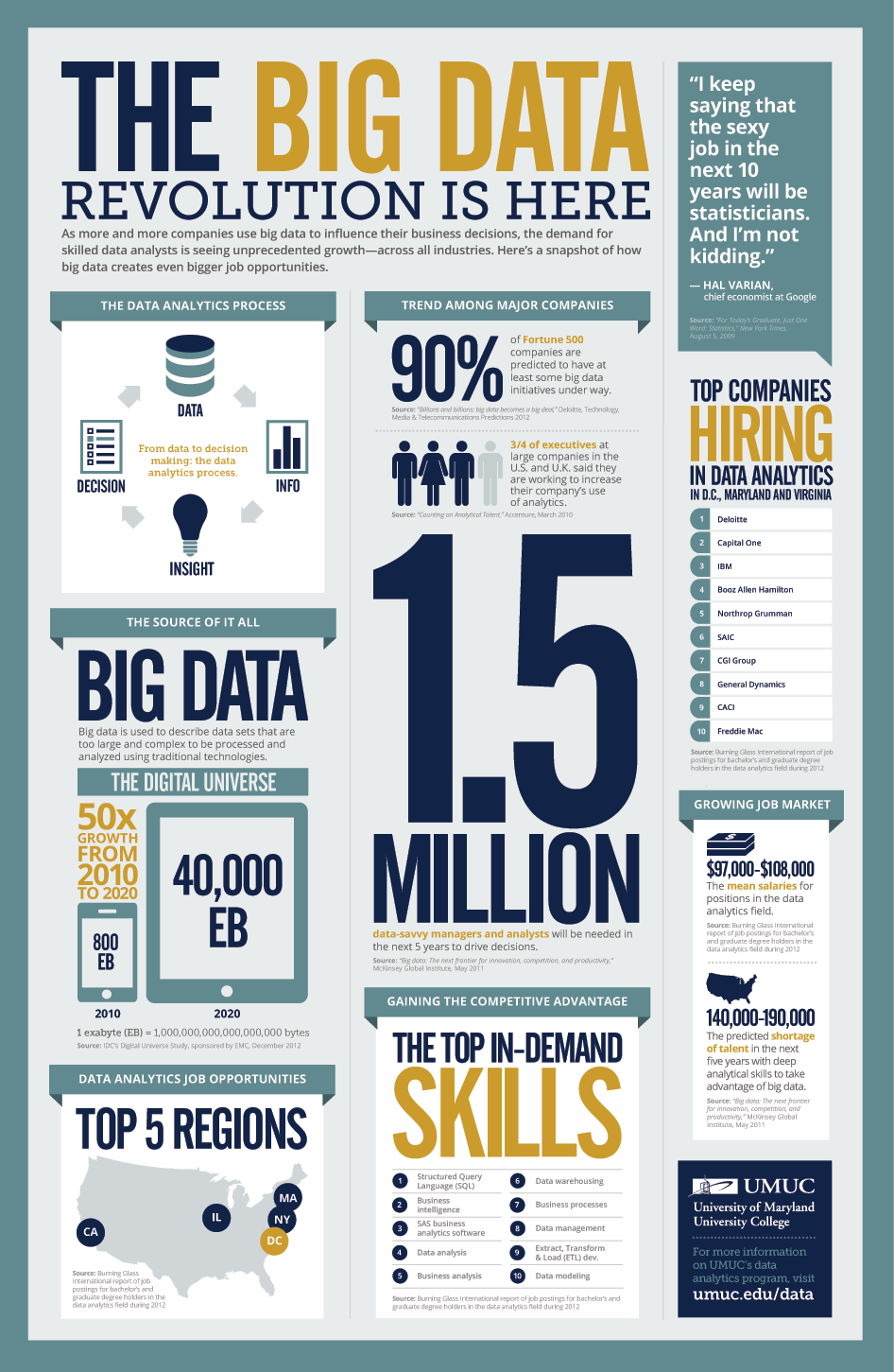In a rapidly shifting economic landscape, business insights serve as a compass, guiding decision-makers toward sustainable growth and innovation. These insights, derived from data, trends, and real-world business performance, help predict what lies ahead. Whether you’re a startup founder, corporate executive, or small business owner, understanding how today’s business insights shape tomorrow’s opportunities is vital for staying ahead of the curve.
This article dives into the evolving role of business insights and how they are already forecasting the future of industries, consumer behavior, and leadership strategies. By examining key trends and data-driven revelations, we’ll uncover what the business world of tomorrow might look like—powered by the intelligence we gather today.
The Evolution of Business Insights: From Hindsight to Foresight
The Limitations of Traditional Business Analysis
In the past, business leaders relied heavily on quarterly reports, year-end summaries, and historical performance data to make informed decisions. While these traditional tools offered valuable snapshots of what had already happened, they were inherently reactive. By the time insights were gathered, analyzed, and acted upon, the window of opportunity had often closed. This approach, though useful in a slower-moving world, struggled to keep pace with the rapidly evolving landscape of modern commerce.
The Emergence of Real-Time Data and Advanced Technology

As markets became more volatile and consumer expectations shifted, businesses began to recognize the limitations of retrospective analysis. Enter the era of big data, artificial intelligence (AI), and real-time analytics—a technological leap that has redefined what it means to generate business insights.
Today’s tools no longer just record what happened—they predict what’s likely to happen next. With the ability to process and interpret vast amounts of data from various sources in real-time, businesses can now gain a dynamic view of their operations, customers, and market trends.
From Reactive to Proactive Decision-Making
AI-powered algorithms identify patterns and anomalies that would be nearly impossible for humans to detect, allowing companies to forecast demand, manage risks proactively, and optimize performance on the fly.
This evolution marks a significant shift in mindset. Rather than making decisions based solely on past events, organizations are embracing predictive and prescriptive analytics to guide future strategies. This foresight empowers them to move faster, innovate more confidently, and stay ahead of competitors in a crowded marketplace.
A Broader and More Holistic Approach
Moreover, the modern era of business insights is not limited to internal metrics alone. Social media sentiment, customer behavior tracking, and global economic indicators can all be integrated into a single decision-making framework. Businesses are creating holistic views of their environments, enabling more nuanced and personalized approaches to customer engagement, product development, and service delivery.
Real-World Impact Across Industries
The impact of this transformation is profound. Personalized marketing campaigns, real-time supply chain optimization, fraud detection systems, and intelligent recommendation engines are just a few examples of how advanced insights are being applied across industries. These innovations not only improve operational efficiency but also enhance customer satisfaction and drive long-term growth.
Insights as a Strategic Necessity
In essence, the evolution from hindsight to foresight represents more than a technological advancement—it is a fundamental change in how organizations understand and interact with the world. Business insights have moved from being periodic and optional to continuous and indispensable.
The Road Ahead: Embracing Data-Driven Success
As we look to the future, the role of data-driven insights will only grow. Companies that invest in modern analytics capabilities and foster a culture of data-informed decision-making will be best positioned to thrive in an increasingly complex and competitive global economy.
Predicting Consumer Behavior
One of the most significant contributions of business insights is their role in anticipating consumer needs. With the rise of digital platforms and e-commerce, companies now collect data from every customer interaction—search behavior, purchase history, social media engagement, and even chatbot conversations.
By analyzing this data, businesses gain business insights into customer preferences, allowing them to tailor products, pricing, and marketing strategies in real time. For example, online retailers can forecast which products are likely to trend during a specific season, allowing for smarter inventory and supply chain management.
Looking ahead, this means companies will not just respond to customers—they’ll anticipate their desires before the customers themselves know what they want.
Shaping the Future Workforce
The modern workplace is changing dramatically. Remote work, AI integration, and digital collaboration are just a few of the forces reshaping how companies operate. Business insights into employee engagement, productivity metrics, and workforce trends are helping organizations reimagine workspaces and management strategies.
Today, HR leaders are leveraging business insights to predict attrition, understand the impact of flexible scheduling, and improve recruitment pipelines. These insights are especially crucial in a post-pandemic era where employee expectations have shifted permanently.
Tomorrow’s workforce will demand not just better pay, but more purposeful work, mental health support, and diversity. Businesses that pay attention to these business insights now will be better equipped to attract and retain top talent in the future.
Driving Innovation Through Data
Innovation doesn’t happen in a vacuum. It’s powered by information—and business insights are the fuel that drives meaningful transformation. In a world where customer needs evolve rapidly and markets fluctuate daily, companies must rely on more than instinct. They need hard data, real-time analysis, and predictive tools to make smart, forward-thinking decisions.
Today, organizations across all sectors are leveraging business insights derived from advanced analytics, customer behavior, and performance metrics to ignite innovation at every level. From designing breakthrough products to refining service models, data-backed insights are reshaping how companies operate and compete.
Spotting Market Gaps Before the Competition
One of the most powerful ways business insights drive innovation is by revealing gaps in the market. Traditionally, companies waited for market research reports or customer complaints to trigger product changes. Now, with AI and big data tools, businesses can track consumer behavior and market trends in real time, uncovering unmet needs or emerging desires well before they become obvious.
For instance, a company analyzing online reviews, search trends, and social media sentiment might notice a growing demand for eco-friendly packaging. Armed with this insight, they can begin developing sustainable alternatives before the competition catches on—turning data into first-mover advantage.
Case in Point: The Automotive Revolution
Take the automotive industry as a clear example. Electric vehicle (EV) manufacturers are now deeply invested in real-time business insights to refine product design, enhance battery performance, and optimize driver experience. Through connected car technology and telematics data, companies receive continuous streams of information on how vehicles are used in the real world.
This data is then translated into innovation—whether it’s improving navigation software, designing better charging infrastructure, or tweaking vehicle interfaces based on driver feedback. Without these insights, innovation would be slower, more expensive, and far riskier.
Tech Startups: Agile by Design
Tech startups, often known for their agility, live and breathe business insights. From the moment an app launches, user engagement data, session times, and feedback loops feed directly into product development.
A startup that notices users dropping off during the onboarding process can immediately test alternative flows to improve retention. Or, if a new feature is getting unusually high interaction, the team might prioritize building more around that concept. In both cases, business insights turn daily interactions into long-term product evolution.
This ability to continuously test, measure, and iterate allows startups to innovate at lightning speed—something legacy companies are now trying to replicate.
Enhancing Customer-Centric Innovation
Another critical benefit of using business insights is staying aligned with what customers truly value. Innovation isn’t just about launching new features; it’s about solving real problems. By analyzing support tickets, satisfaction surveys, and usage patterns, businesses can zero in on the features that matter most to customers.
For example, a SaaS company might discover that a niche tool within its software is becoming a user favorite. By digging into the data, they can understand why it resonates and build on that success—enhancing the product in ways that feel personalized and valuable.
This customer-centric approach not only reduces risk but also ensures that innovations have a meaningful impact.
Predicting Trends, Not Just Reacting
Innovation fueled by business insights is inherently proactive. Instead of waiting for competitors to act or market shifts to force change, businesses can predict trends before they fully materialize. By analyzing broader data—economic indicators, competitor movements, global buying behaviors—organizations can develop foresight that gives them an edge.
Think of how fashion retailers use predictive analytics to forecast seasonal trends. By understanding what customers are likely to want six months in advance, they can streamline inventory, minimize waste, and launch designs that match emerging tastes.
In this way, business insights serve as both a map and a crystal ball—helping innovators see not just what’s happening now, but what will happen next.
From Raw Data to Real Innovation
Of course, raw data alone isn’t enough. It takes skilled analysis, context, and the right tools to turn information into innovation. Businesses must invest in data science teams, visualization platforms, and integration tools that connect insights with action.
It’s about building a system where business insights are accessible to decision-makers across departments—from marketing and product to customer service and operations. Only then can innovation happen at scale, consistently and effectively.
Final Thoughts: The Competitive Advantage
In the end, business insights are the bridge between today’s realities and tomorrow’s breakthroughs. Companies that embrace data as a source of creative potential—not just measurement—will outpace those that rely on intuition alone.
Innovation becomes less risky, more relevant, and infinitely more impactful when it is guided by real-world evidence. In the business landscape of the future, the companies that innovate best will be the ones who listen to what their data is saying—then act on it with confidence.
Financial Forecasting and Risk Management
Predicting financial trends has always been tricky, but today’s business insights make it more precise than ever before. With access to real-time financial data, businesses can forecast cash flow, detect irregular spending, and adjust strategies based on current market behavior.
These insights are also pivotal in risk management. For example, identifying declining sales in one segment early can lead to reallocation of resources before the issue escalates. Similarly, business insights can flag rising operational costs or supply chain disruptions well before they impact the bottom line.
This kind of forward-looking intelligence enables leaders to make informed decisions that minimize losses and capitalize on emerging opportunities.
Environmental and Social Responsibility
Consumers and stakeholders increasingly expect businesses to be socially responsible and environmentally conscious. Here too, business insights are paving the way for more ethical operations.
By analyzing data on resource consumption, carbon emissions, and labor practices, companies can identify areas for improvement. These business insights are used to build sustainability reports, guide ethical sourcing, and ensure compliance with environmental regulations.
Forward-thinking organizations are already using this information to reduce their environmental footprint and build stronger community ties. In the future, business insights will be a key factor in assessing not just financial health but social impact.
Global Market Expansion

Expanding into international markets has always involved risks. However, modern business insights help reduce the guesswork by offering a detailed understanding of global trends, regional regulations, and consumer behavior across borders.
Through data gathered from online platforms, international sales, and global surveys, businesses gain business insights into which markets are ripe for expansion. They can also evaluate competitor performance, local spending habits, and cultural factors that influence purchasing decisions.
Armed with these business insights, companies can develop market-specific strategies that resonate with local audiences and align with global goals.
From Insights to Action
Perhaps the most critical aspect of business insights is not just collecting them—but acting on them. Organizations often fall into the trap of over-analyzing data without implementing changes. The most successful businesses are those that use insights to inform action plans, test new approaches, and iterate quickly.
For instance, a retail brand might notice declining engagement on their mobile app. Business insights might reveal that the issue stems from a poor user interface. Acting on this, the company could revamp the app, retest, and monitor user behavior again—all within weeks.
It’s not about having perfect data; it’s about using the available data to make informed, timely decisions.
AI and Machine Learning: The Next Frontier
Artificial intelligence (AI) and machine learning are revolutionizing the way business insights are generated and applied. These technologies can process vast amounts of information and identify patterns that human analysts might overlook.
In industries like finance, healthcare, and logistics, AI-driven business insights are already being used to automate processes, predict demand, and enhance decision-making.
Looking ahead, the combination of AI and business insights will empower businesses to become more proactive, responding to shifts before they become crises. These smart systems will also enable hyper-personalization, tailoring experiences for each customer at scale.
Real-world machine learning use cases
Here are just a few examples of machine learning you might encounter every day:
Speech recognition: It is also known as automatic speech recognition (ASR), computer speech recognition, or speech-to-text, and it is a capability which uses natural language processing (NLP) to translate human speech into a written format. Many mobile devices incorporate speech recognition into their systems to conduct voice search—e.g. Siri—or improve accessibility for texting.
Customer service: Online chatbots are replacing human agents along the customer journey, changing the way we think about customer engagement across websites and social media platforms. Chatbots answer frequently asked questions (FAQs) about topics such as shipping, or provide personalized advice, cross-selling products or suggesting sizes for users. Examples include virtual agents on e-commerce sites; messaging bots, using Slack and Facebook Messenger; and tasks usually done by virtual assistants and voice assistants.
Computer vision: This AI technology enables computers to derive meaningful information from digital images, videos, and other visual inputs, and then take the appropriate action. Powered by convolutional neural networks, computer vision has applications in photo tagging on social media, radiology imaging in healthcare, and self-driving cars in the automotive industry.
Recommendation engines: Using past consumption behavior data, AI algorithms can help to discover data trends that can be used to develop more effective cross-selling strategies. Recommendation engines are used by online retailers to make relevant product recommendations to customers during the checkout process.
Robotic process automation (RPA): Also known as software robotics, RPA uses intelligent automation technologies to perform repetitive manual tasks.
Fraud detection: Banks and other financial institutions can use machine learning to spot suspicious transactions. Supervised learning can train a model using information about known fraudulent transactions. Anomaly detection can identify transactions that look atypical and deserve further investigation.
Challenges and Ethical Considerations
While the benefits of business insights are immense, they don’t come without challenges. Privacy concerns, data security, and ethical use of information are becoming increasingly important.
Companies must strike a balance between gathering valuable business insights and respecting user privacy. Transparency in data usage and compliance with regulations like GDPR are no longer optional—they’re vital for maintaining trust.
Additionally, relying too heavily on data without context can lead to flawed decisions. Business insights should complement human judgment, not replace it. Ethical leadership will be key in ensuring that the use of insights serves all stakeholders fairly.
What Tomorrow Holds
So, what do today’s business insights really tell us about tomorrow?
They tell us that agility, personalization, and ethical responsibility will define the next generation of successful companies. They highlight the importance of continuous learning, technological adoption, and consumer-centric strategies.
Tomorrow’s business leaders will be those who don’t just gather business insights, but cultivate a culture of curiosity, adaptability, and strategic thinking.
From predicting market trends to shaping inclusive work environments, business insights are more than just data—they are the blueprint for building better businesses.
Final Thoughts
In the modern age, business insights are a currency of their own—powerful, predictive, and transformative. They give businesses the ability to see around corners, act with confidence, and lead with vision.
What we learn today will inevitably shape how we grow tomorrow. The future belongs to those who listen closely to the data, trust the story it tells, and act boldly on what they discover.
So, whether you’re preparing for a new product launch, planning global expansion, or refining your leadership strategy, remember: the best way to predict the future is to understand it. And the best way to understand it is through the lens of modern business insights.
Andrea Balint is a writer and researcher focused on human behavior, workplace psychology, and personal growth. Through her work at CareersMomentum, she explores how mindset, leadership, and emotional intelligence shape modern careers. With a background in communication and HR development, she transforms complex ideas into practical insights that help readers build clarity, confidence, and professional purpose.
